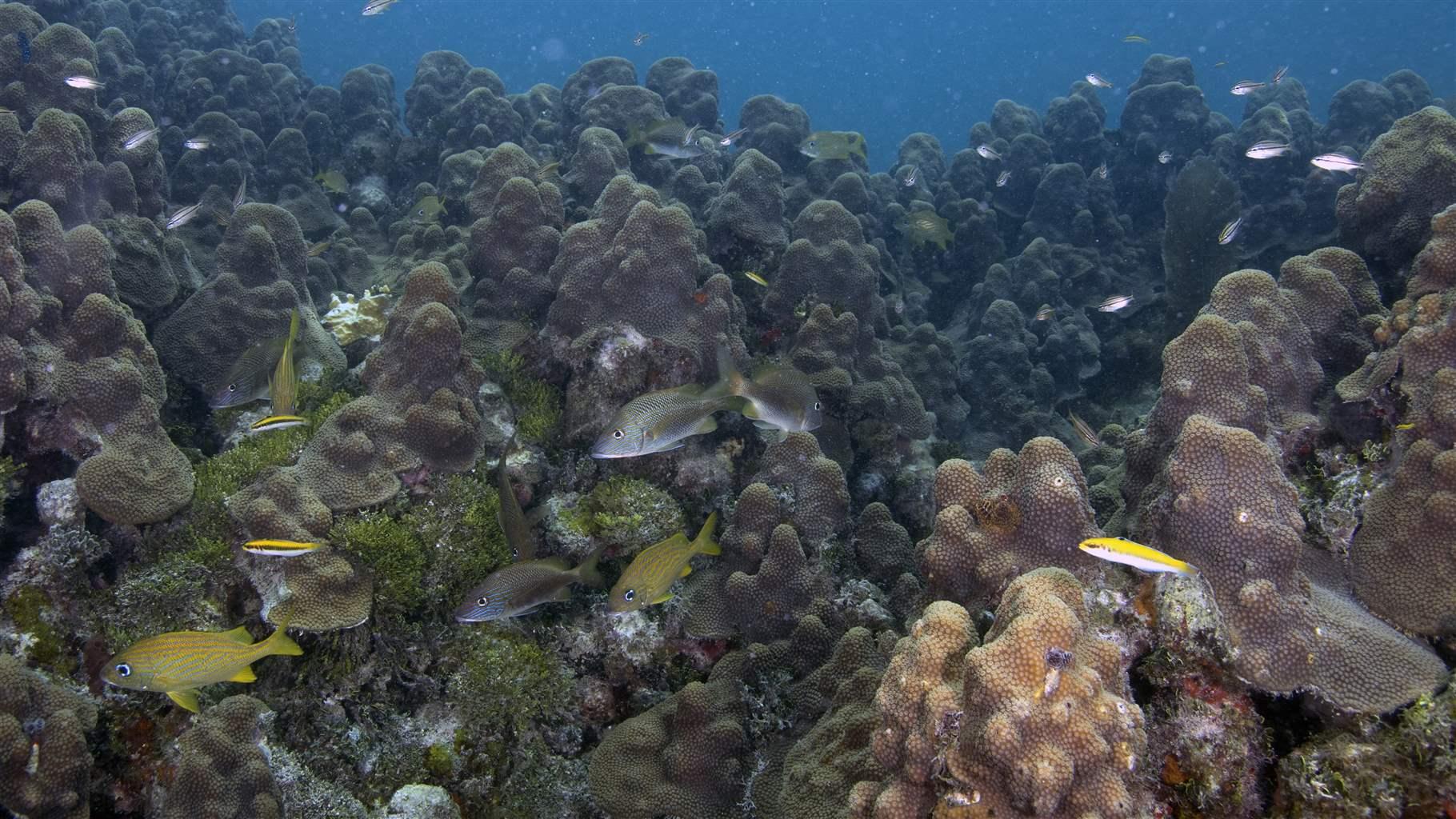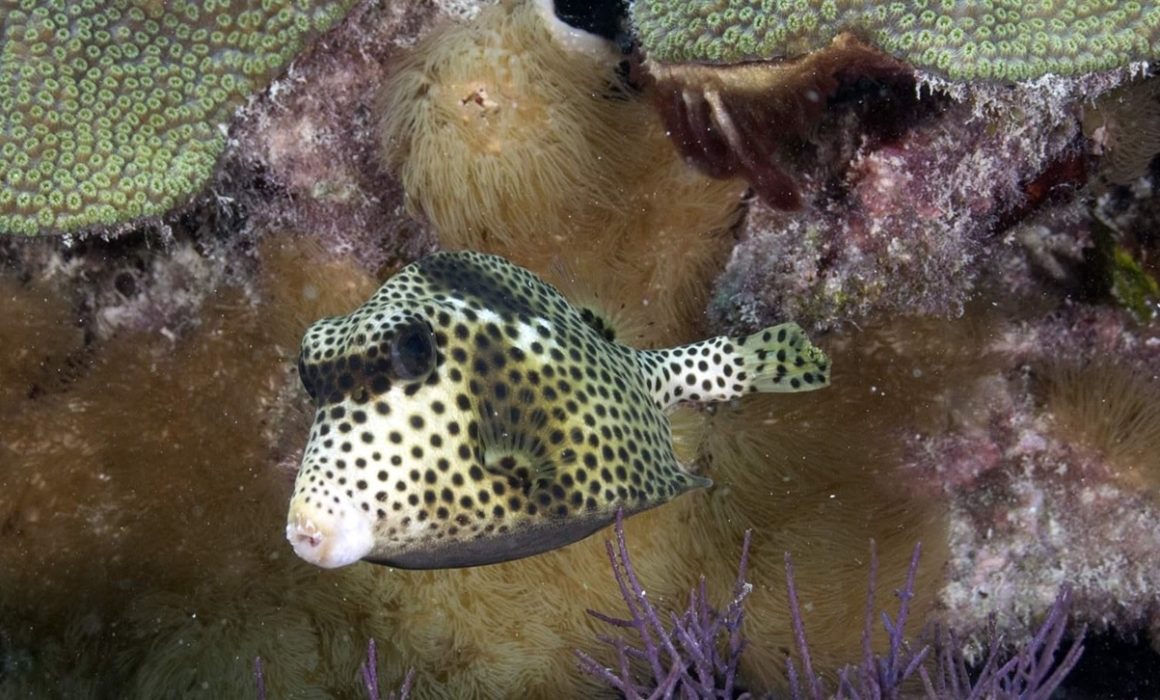Scientists See South Florida as Laboratory for Saving Corals
The Herbert W. Hoover Foundation is a long-time funder of The Pew Charitable Trusts Marine Fellows Program. Recently, the Herbert W. Hoover Foundation and Pew co-hosted a panel of scientists to discuss the future of coral reefs in Biscayne National Park.
Originally published by The Pew Charitable Trusts on February 15, 2019. Original article available here.

Coral scientists and conservationists have reason to be pessimistic. Warming waters, ocean acidification, pollution, disease, and storms have killed 30 to 50 percent of the world’s shallow coral reefs in recent decades.
Yet in December, an infectious optimism could be found among the more than 500 participants at the Reef Futures Symposium in Key Largo, Florida. One possible reason: excitement over the prospect of action to help reefs, despite all the bad news.
For starters, a November report from the National Academies of Sciences, Engineering, and Medicine outlined 23 strategies to help the world’s remaining reefs survive climate change. Stephen Palumbi, a Stanford University biologist and 2000 Pew marine fellow, was lead author of that report. What’s needed now is a way to test those interventions.
To help with that, The Pew Charitable Trusts and the Herbert W. Hoover Foundation convened a session at Reef Futures to discuss the Biscayne marine region, which stretches from Miami south to the edge of the Florida Keys and, as 2008 Pew marine fellow Andrew Baker said in a Miami Herald op-ed, is primed to become a “a laboratory to discover how to save coral reefs worldwide.”
One of the interventions from the National Academies report that the group could test is managed relocation—moving corals into cooler environments to buy them time to adapt to warming water. Baker, a professor at the University of Miami, said the Biscayne region is a great place to try the technique because of the huge gradient in water temperature across a small area. Moving corals from south Biscayne Bay just a few miles north, to where average monthly temperatures are lower, could give the corals an extra 20 to 30 years to adjust to warming water, he said.
Another strategy noted in the report is cultivating corals that have a natural genetic tolerance for heat and planting them on dead or dying reefs. Palumbi’s research has shown that there is wide genetic variation in heat tolerance within the species of Pacific coral he studies.
“Using that variation is an opportunity to select corals that may weather future conditions,” Palumbi said.

Scientists also will need a way to measure the health of corals rather than just waiting to see if they die.
“I want to mooch molecular techniques from medicine to make sure the corals we plant are thriving in their new environment,” said Robert Richmond, director of the Kewalo Marine Laboratory at the University of Hawaii, Manoa and a 2006 Pew marine fellow.
Les Kaufman, a Boston University professor and 1990 Pew marine fellow, is leading another monitoring effort, taking 3D images of the remaining coral colonies in the Biscayne marine region to track growth and mortality with an unprecedented level of detail.
The payoff of all this work is potentially huge, said Michael Beck, a professor at the University of California, Santa Cruz and a 2012 Pew marine fellow. His new research shows that coral reefs in the Biscayne region provide tens of millions of dollars a year in benefits by preventing flood damage during storms.
Reef Futures was sponsored by the Coral Restoration Consortium, the National Oceanic and Atmospheric Administration, and others. And while none of the attendees claimed that humans can restore the world’s coral reefs to their former glory, many were boisterously enthusiastic about saving what we can of these rainforests of the sea.
Author, Polita Glynn, is a project director for environmental research and science with The Pew Charitable Trusts.


